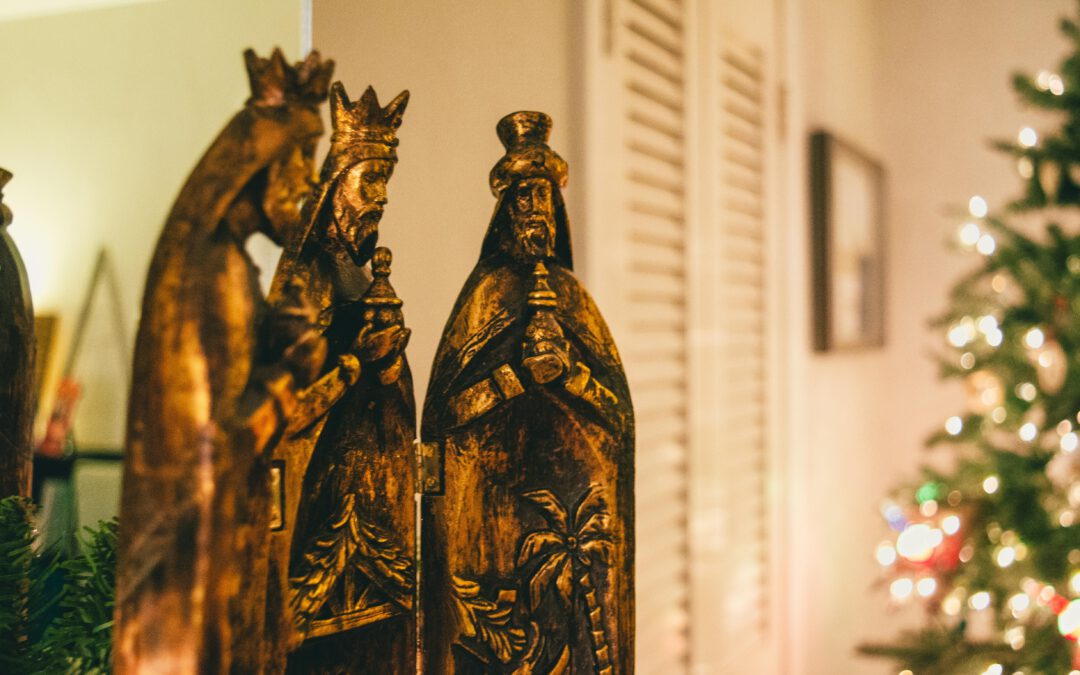If you’re planning to live in Spain and immerse yourself in its culture, experiencing Christmas traditions in Spain is a must, especially in the region of Andalusia. This magical time of year is filled with lights, music, family gatherings, and unique customs that combine religious significance with festive joy.
In this article, we’ll explore how Christmas is celebrated in Spain—with a focus on Andalusia—and provide insights into the most important dates and traditions.
1. The Start of the Christmas Season
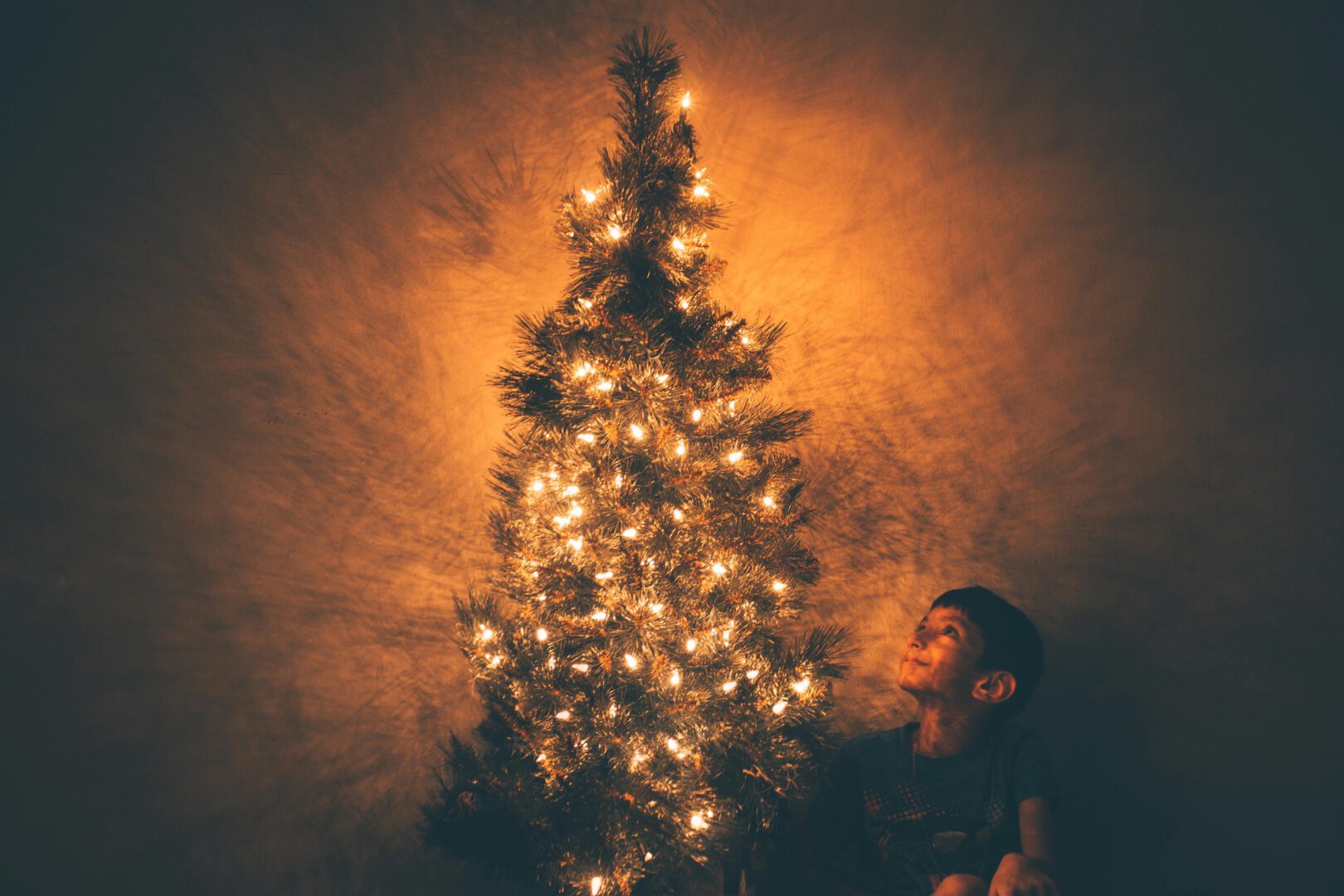
Christmas in Spain officially begins in early December, with the Spanish Constitution day on December 6th and the Feast of the Immaculate Conception on December 8th.
From this date onward, cities and towns light up with breathtaking Christmas lights. Málaga’s Calle Larios, for instance, is internationally renowned for its dazzling light displays and nightly music shows. These lights remain on until early January, adding a magical ambiance to the streets.
Another early feature of the season is the Belén (Nativity scene). These elaborate displays, often featuring miniature villages and moving parts, are found in homes, churches, and public spaces. Many Spaniards take pride in creating their own Nativity scenes, and local competitions add to the excitement.
2. Key Dates and Celebrations
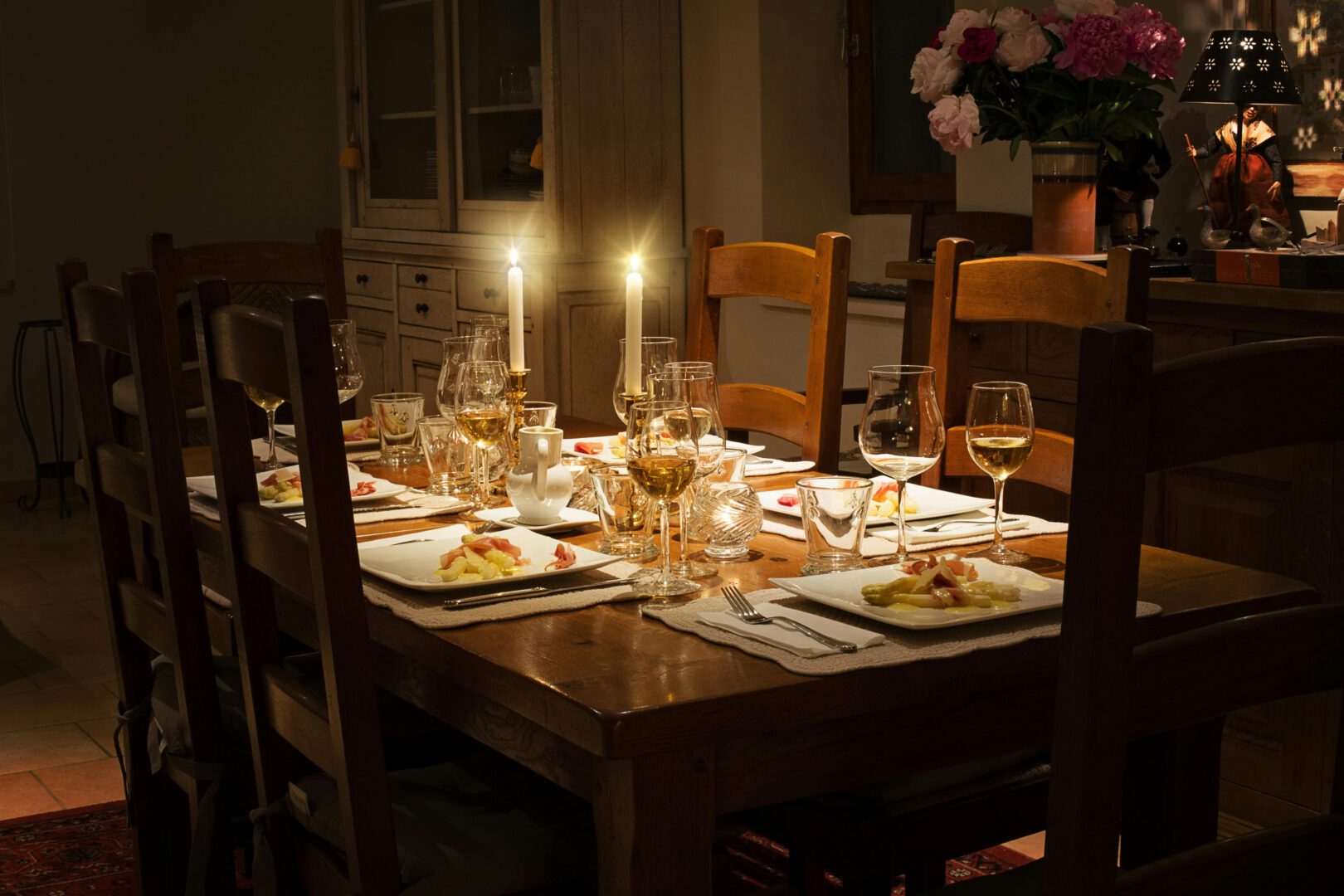
The Christmas season in Spain extends beyond December 25th, with several key dates shaping the festivities. Let’s take a closer look:
Nochebuena (Christmas Eve) – December 24th
Christmas Eve, or Nochebuena, is the heart of the Spanish Christmas celebration. Families gather for a festive dinner featuring traditional Andalusian dishes. While menus vary by household, typical foods include:
- Pavo trufado: Truffle-stuffed turkey.
- Lomo en manteca: Pork loin preserved in lard, a regional specialty.
- Mariscos: An array of fresh seafood.
- Desserts like polvorones (crumbly almond cookies) and mantecados (soft, sweet pastries).
After dinner, some families attend La Misa del Gallo (Midnight Mass), where the birth of Jesus is celebrated. Churches across Andalusia, especially the grand cathedrals in Seville and Córdoba, host beautiful and solemn services.
Día de Navidad (Christmas Day) – December 25th
Unlike in other countries, Christmas Day in Spain is a quieter affair, often spent at home with family. It’s a day for relaxation, enjoying leftovers from Nochebuena, and reflecting on the holiday’s religious significance.
Día de los Santos Inocentes – December 28th
This day, known as the Day of the Holy Innocents, is the Spanish equivalent of April Fool’s Day. Pranks and jokes are played among friends and family, and even newspapers and TV shows join in the fun with fake news stories.
Nochevieja (New Year’s Eve) – December 31st
New Year’s Eve, or Nochevieja, is celebrated with enthusiasm across Spain. A unique tradition involves eating twelve grapes at the stroke of midnight, one for each chime of the clock. This custom is said to bring good luck for the coming year. In Andalusia, many people gather in main squares, such as Plaza de la Constitución in Málaga or Plaza Nueva in Granada, to celebrate together.
After midnight, the festivities continue with parties that often last until dawn.
Día de los Reyes Magos (Epiphany) – January 6th
For many Spaniards, the highlight of the Christmas season is Epiphany, or Three Kings’ Day. The night before, on January 5th, towns and cities host grand parades called Cabalgatas de Reyes. Floats carrying the Three Kings and their entourages move through the streets, throwing sweets to excited children.
The next morning, children wake up to find gifts left by the Three Kings. Families then gather for breakfast, featuring Roscón de Reyes, a sweet bread ring often filled with cream and hidden surprises. Finding a small figurine or bean inside your slice is said to bring luck (or the responsibility of buying next year’s Roscón!).
3. Unique Andalusian Christmas Traditions
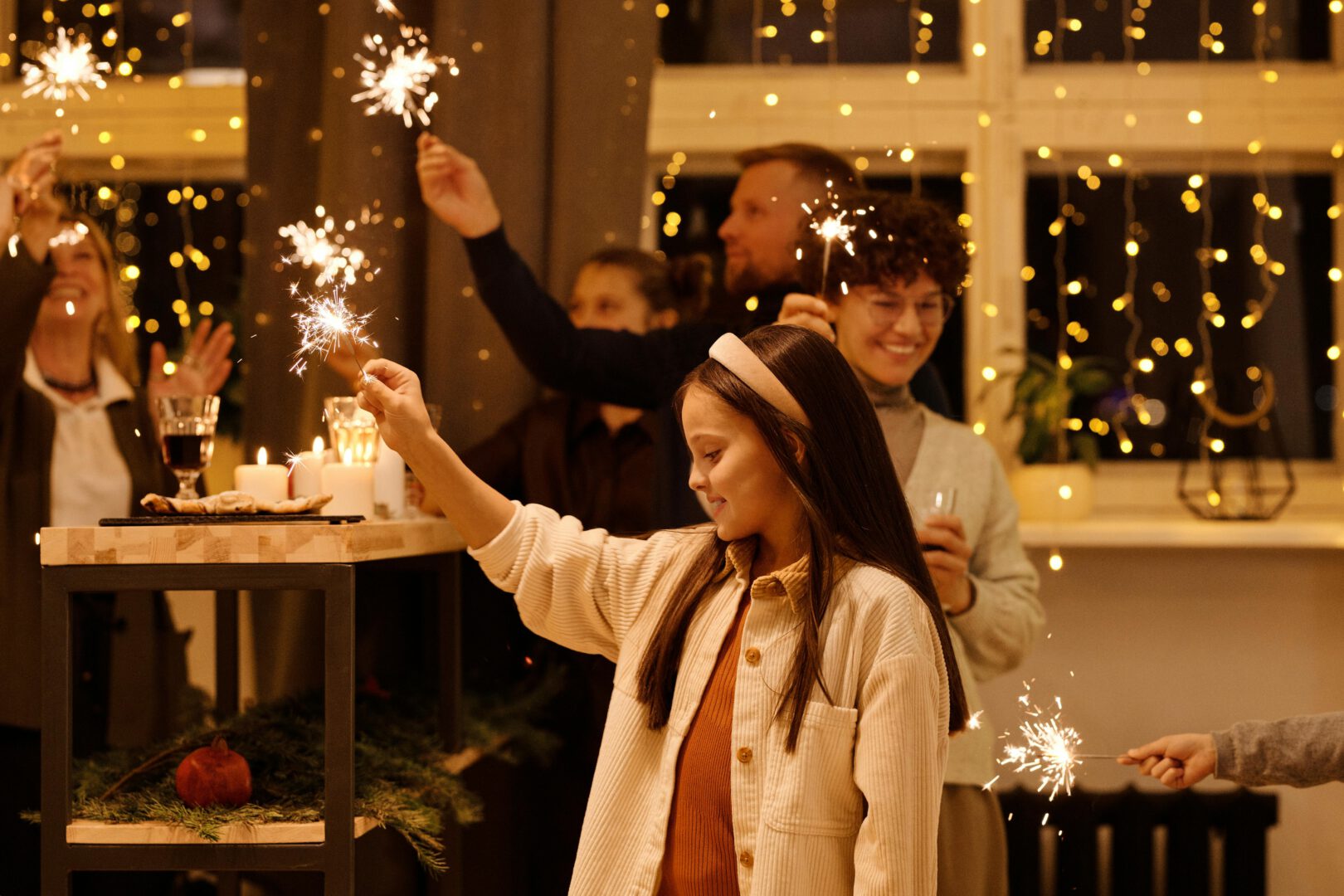
While many Christmas customs in Andalusia are shared with the rest of Spain, some traditions have a distinctly Andalusian flavor:
Zambombas
A zambomba is both a traditional percussion instrument and the name of festive gatherings unique to Andalusia. Originating in Jerez de la Frontera, zambombas are communal events where people sing Christmas carols (known as villancicos) accompanied by flamenco-style rhythms. These gatherings often take place in courtyards, creating an intimate and joyful atmosphere.
Gastronomic Traditions Food is at the heart of Andalusian Christmas traditions. Beyond the main meals, seasonal sweets like turrón (nougat), alfajores (honey and almond pastries), and pestiños (fried dough coated in honey) are ubiquitous.
4. Tips for Experiencing Christmas in Andalusia as an Expat
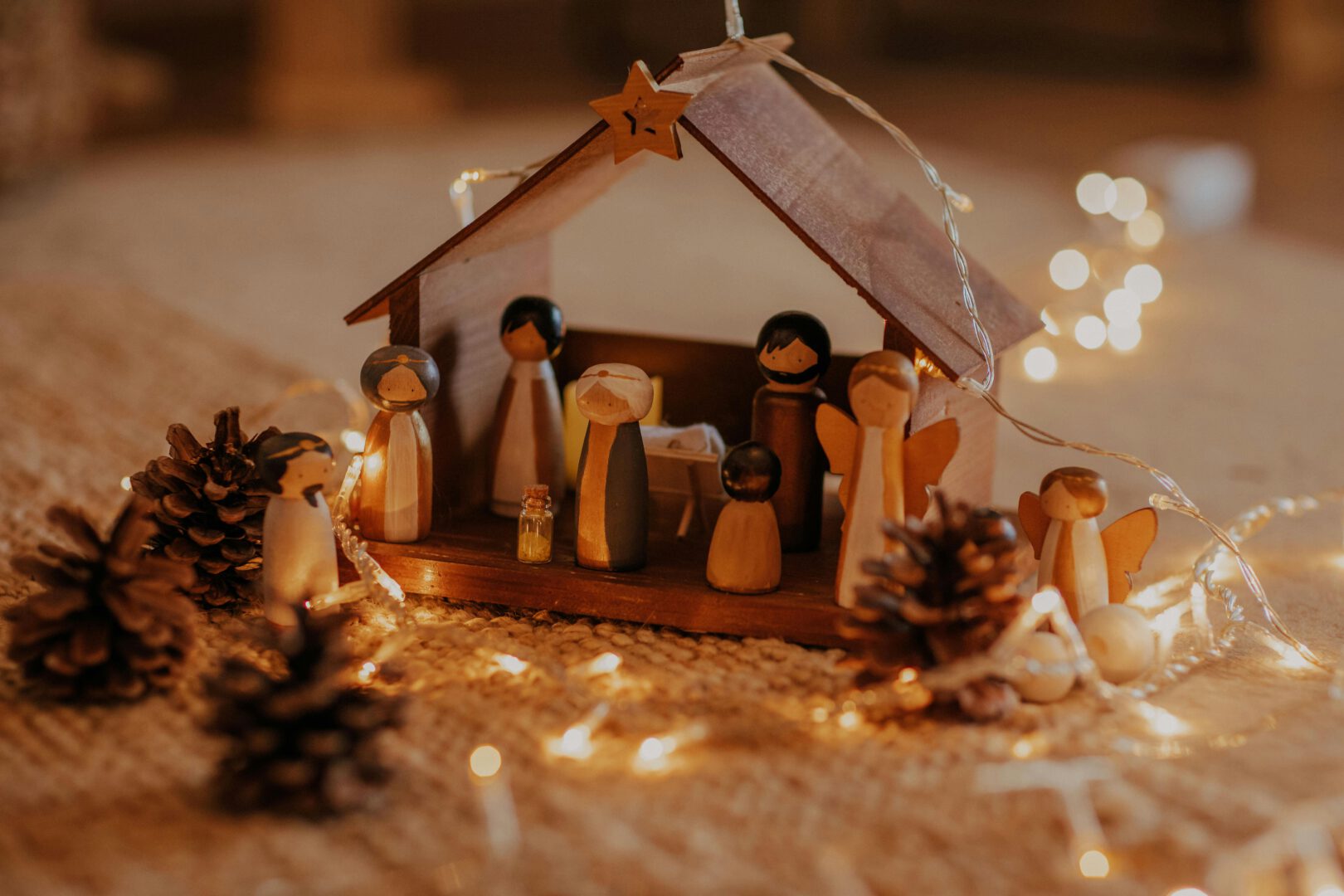
Living in Spain during Christmas offers a wonderful opportunity to integrate into the local culture. Here are some tips to make the most of the season:
- Visit Local Markets: Christmas markets, such as those in Seville’s Alameda or Málaga’s Paseo del Parque, are great places to shop for gifts and sample seasonal treats.
- Learn the Villancicos: Familiarize yourself with popular Spanish Christmas carols like “Campana sobre Campana” and “Los Peces en el Río” to join in the singing at gatherings. Try to learn some of these.
- Participate in Community Events: Whether it’s a zambomba or a Belén exhibition, getting involved in local traditions is a fantastic way to meet people and feel part of the community.
If you want to enjoy more these traditions and understand better Spanish lifestyle I have a present for you. THIS FREE GUIDE.
Have ever you experienced Spanish Christmas? What do you think about it? What’s the best thing about it? I read you in the comments below.
Feliz Navidad y Próspero Año Nuevo,
Hasta pronto,
María Ángeles

